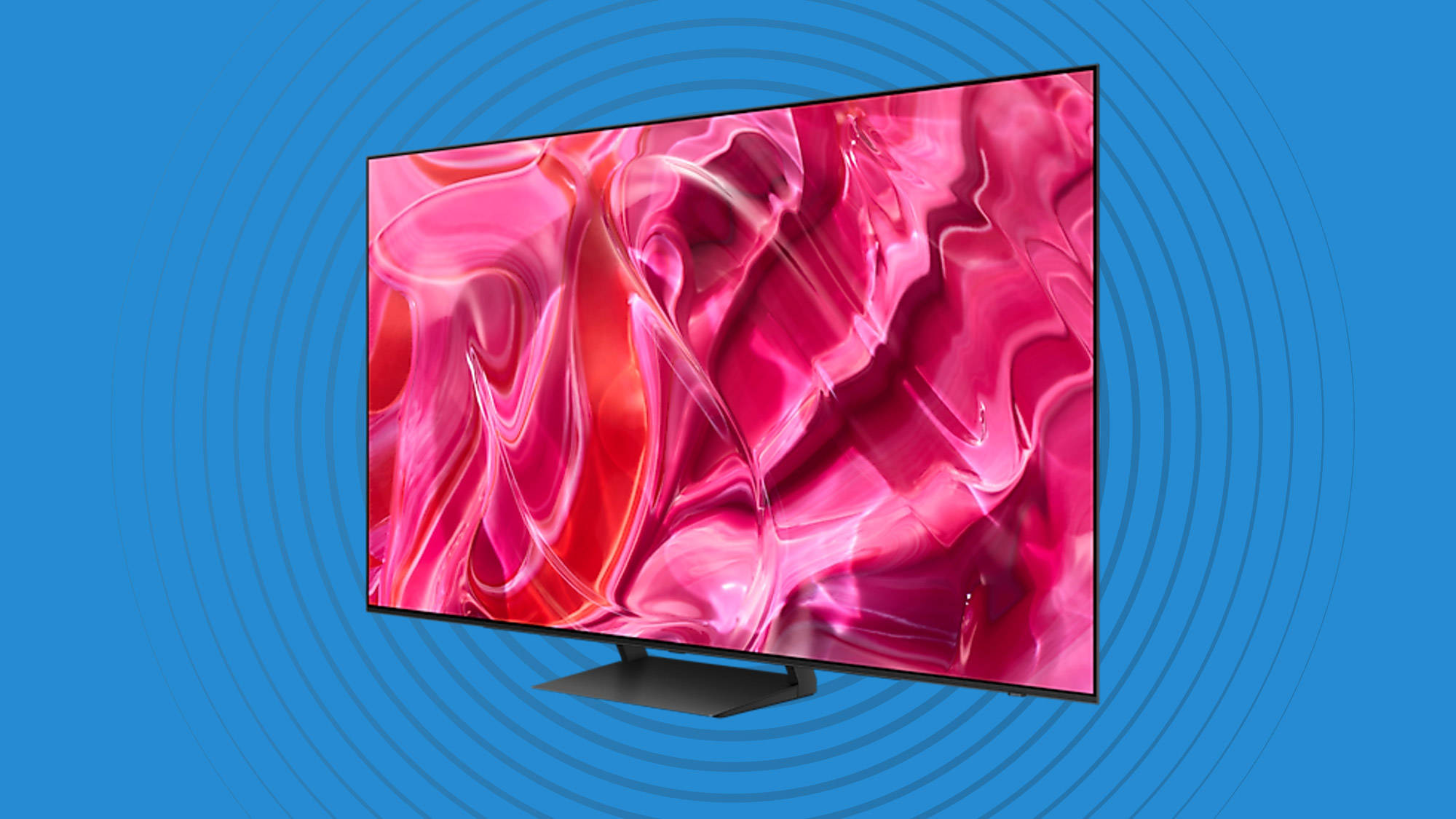Televisions
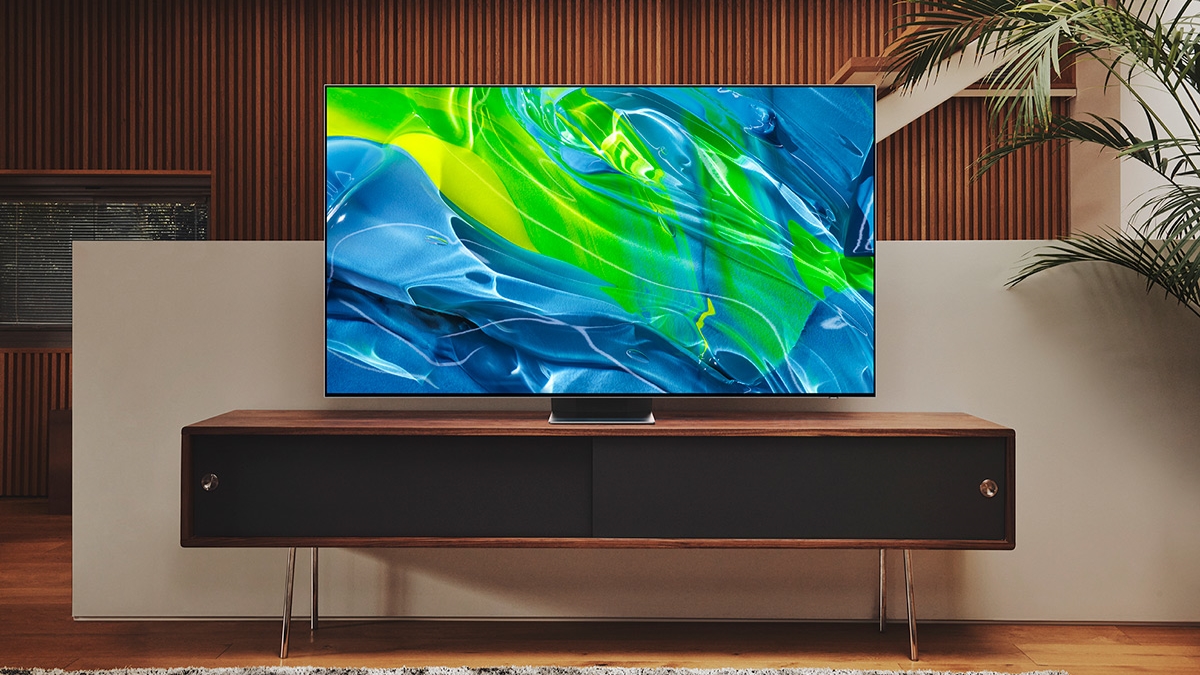
Televisions have come a long way from the boxy tube-type models of the distant past, and are now thin (incredibly so, in some instances) flat-panels that easily lend themselves to mounting on your wall like a picture.
The two major technologies used for producing televisions are LCD and OLED, with variations on both – LED and mini-LED in the case of LCD, and W-OLED (white) and QD-OLED (quantum dot) for OLED.
Screen sizes for televisions have also evolved to the point where 85-inch TVs are now common and larger sizes such as 88 and 98 inches are available. This development has blurred the distinction somewhat between televisions and projectors, which are used to achieve greater than 100-inch screen sizes in a home theater setting.
Televisions also provide built-in Wi-Fi and smart TV interfaces that can be used for browsing apps and streaming movies and shows. Gaming has also become a primary use for televisions, with recent models providing support for the 4K 120Hz output of next-gen PS5 and Xbox Series X gaming consoles, a feature that provides more realistic graphics and smoother action during gameplay.
While televisions with 8K resolution are available, 4K, which is supported by many streaming services like Netflix, is a more common resolution.
Explore Televisions
Latest about Televisions
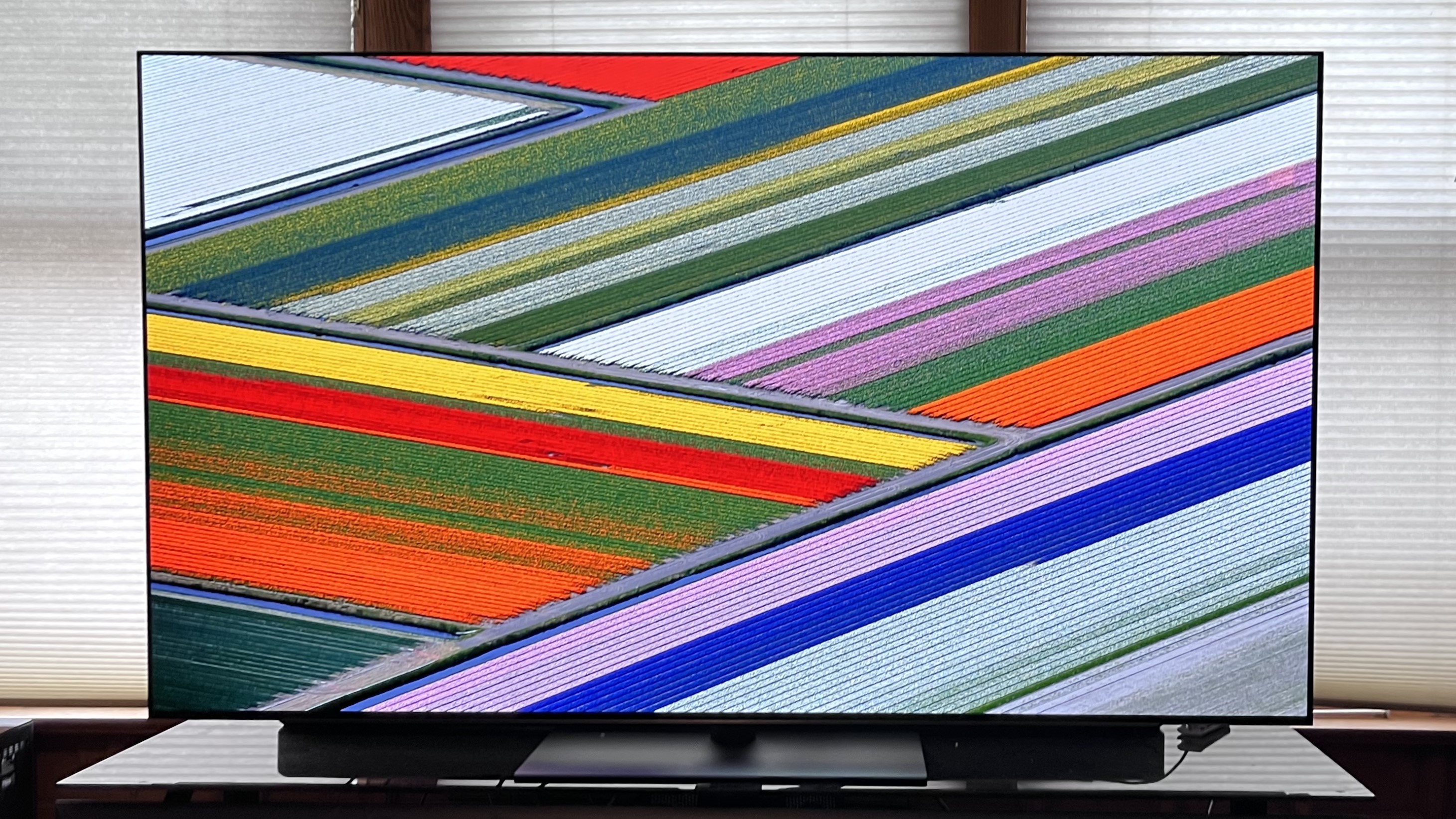
I reviewed the LG G5, and it’s bright enough to change my mind about OLED TVs
By Al Griffin published
LG’s G5 uses a new OLED TV display panel to hit dizzying brightness heights, making it a versatile option for daytime and dark room viewing.
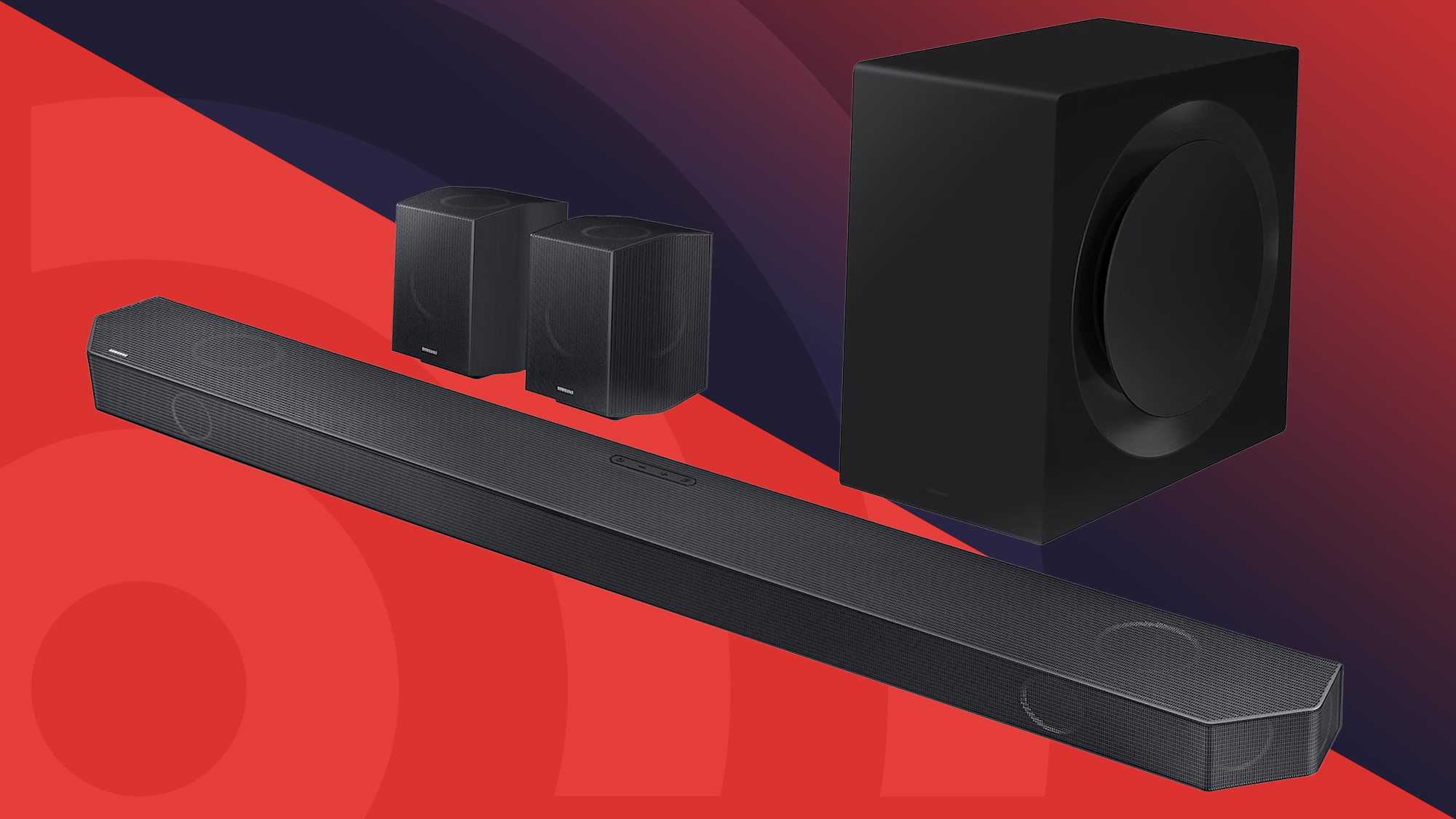
The best soundbars for 2025
By Matt Bolton last updated
Updated From budget-friendly bars to Dolby Atmos wonders, the best soundbars make it easy to get a serious TV audio upgrade.
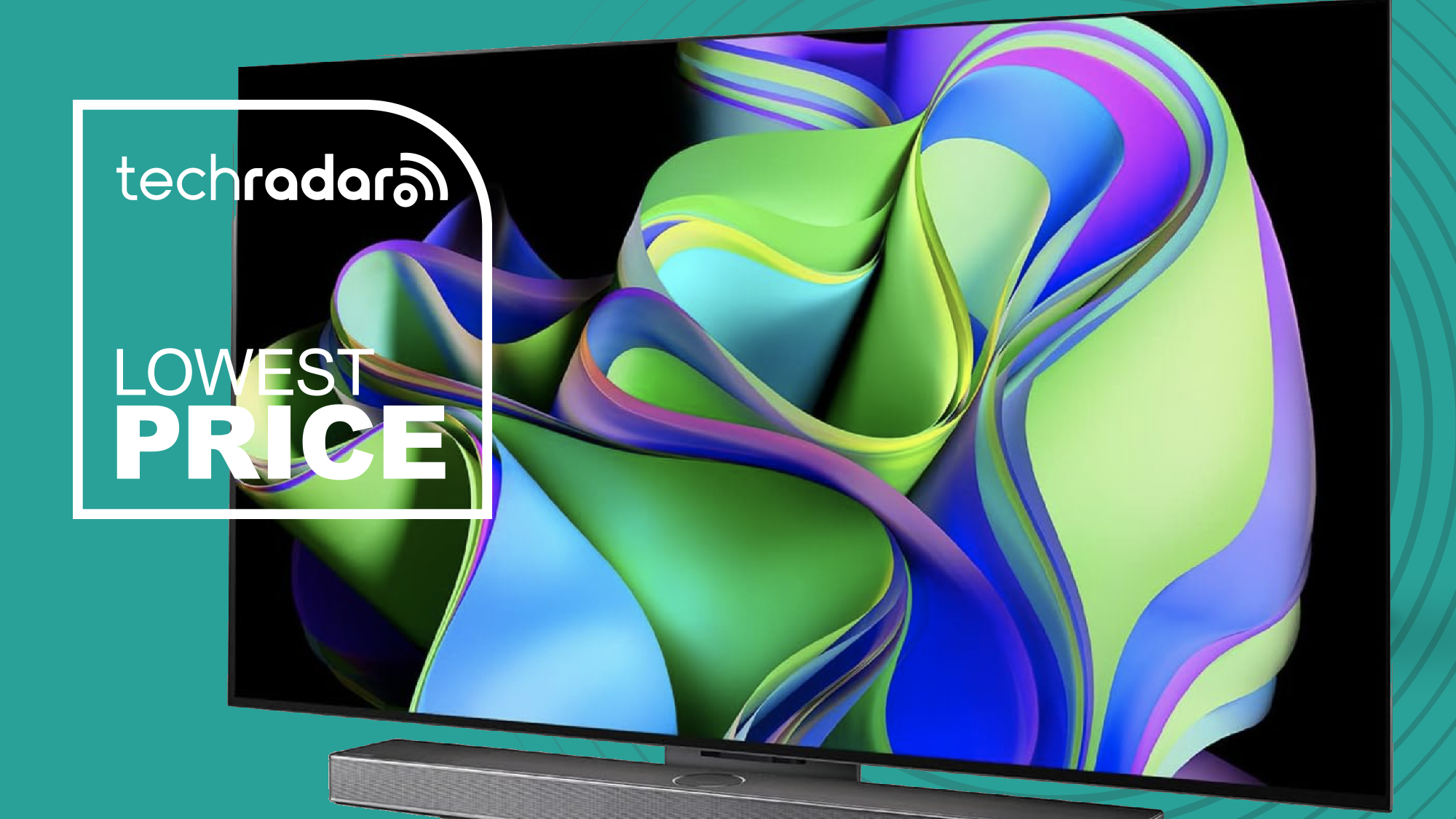
Ignore the tariff chaos: LG's C3 OLED TV is back down to its lowest price ever
By Mackenzie Frazier published
What tariffs? I just spotted LG's highly rated 65-inch C3 OLED TV on sale for its lowest price yet at Amazon.
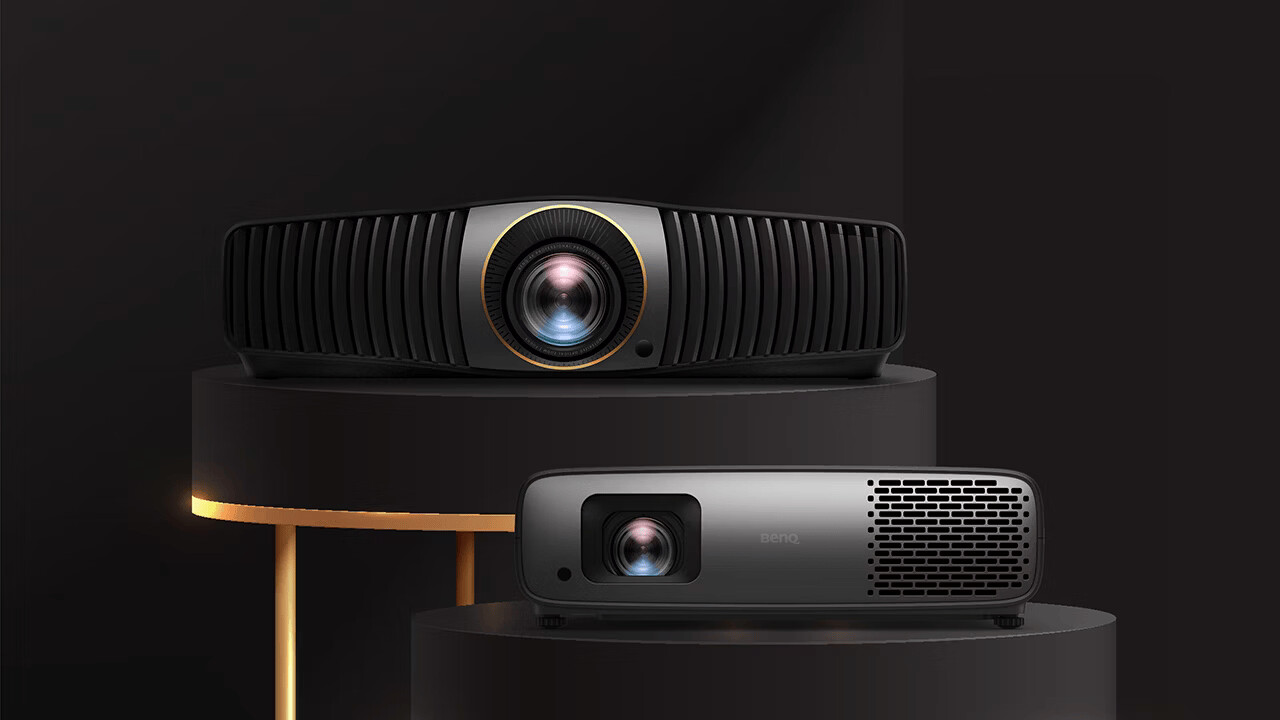
BenQ launches two new 4K projectors – one promises theater-grade image quality, and one brings AI processing to home projectors
By Carrie Marshall published
BenQ's new projectors deliver bigger images from shorter distances and cinema-grade calibration too.
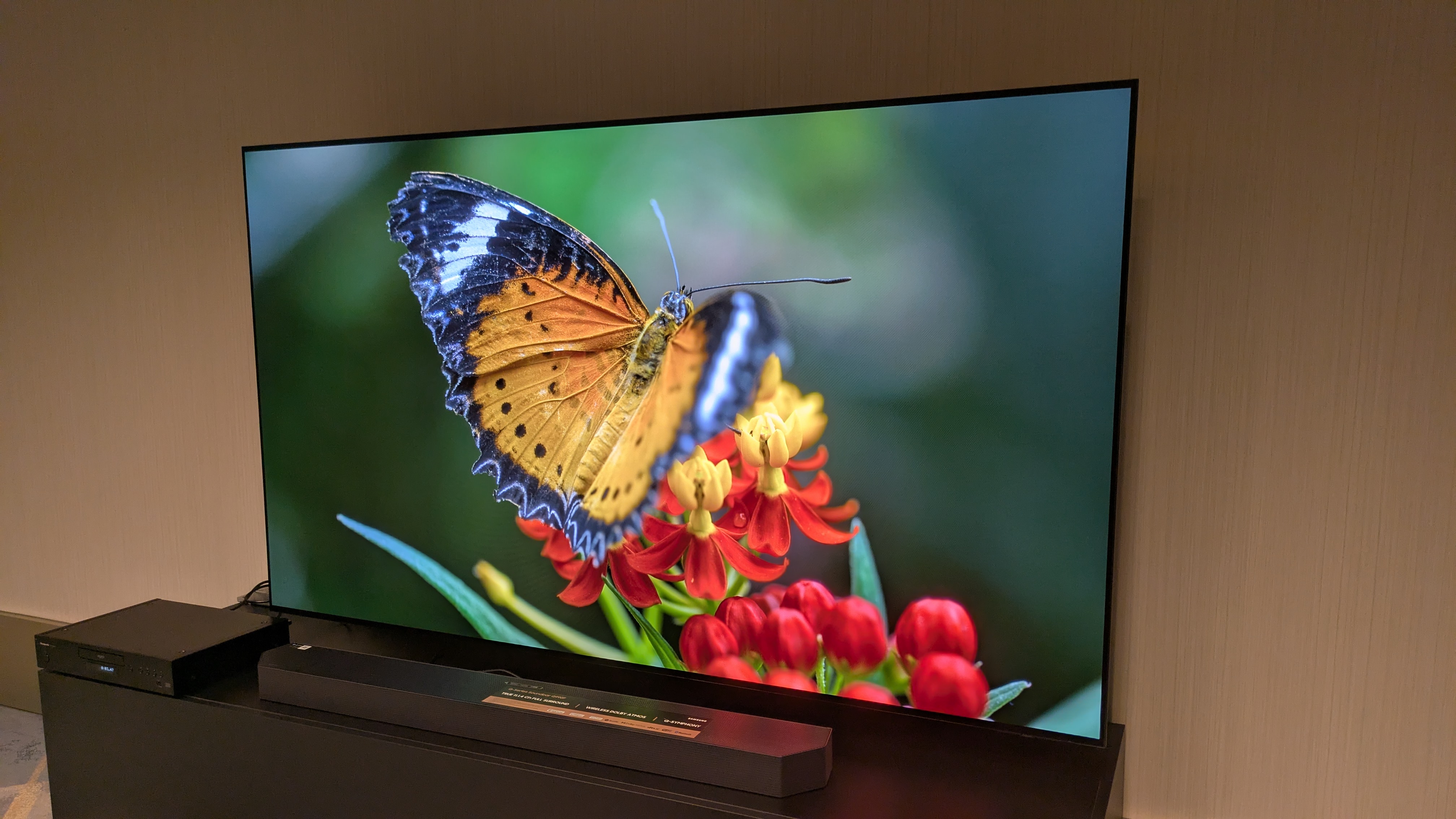
Samsung reveals US OLED TV prices, and surprise, surprise, it undercuts LG's prices
By James Davidson published
Samsung has revealed US pricing for its 2025 OLED TV lineup, and the prices are cheaper than LG's OLEDs.

Is the YouTube TV app missing from your Roku? You're not alone, here's how to fix it
By Rowan Davies published
Roku owners have noticed that the YouTube TV app has randomly vanished from their devices. Here's how people have been fixing the issue.
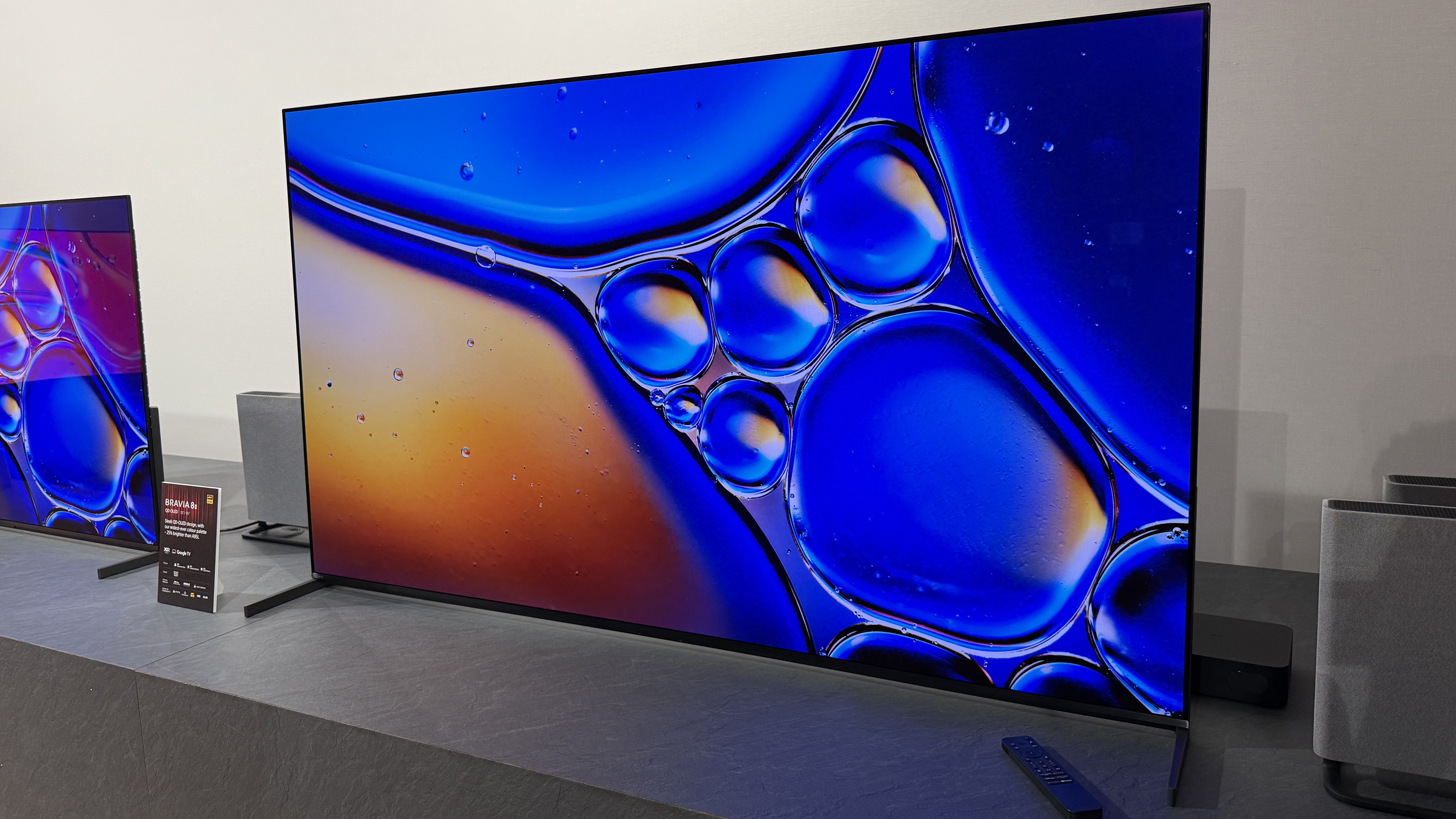
Sony's awesome new OLED TV gets US pricing, and it's not good news
By Matt Bolton published
After teasing us with competitive UK pricing for its next-gen 4K TV, the US pricing is a let-down for potential customers.
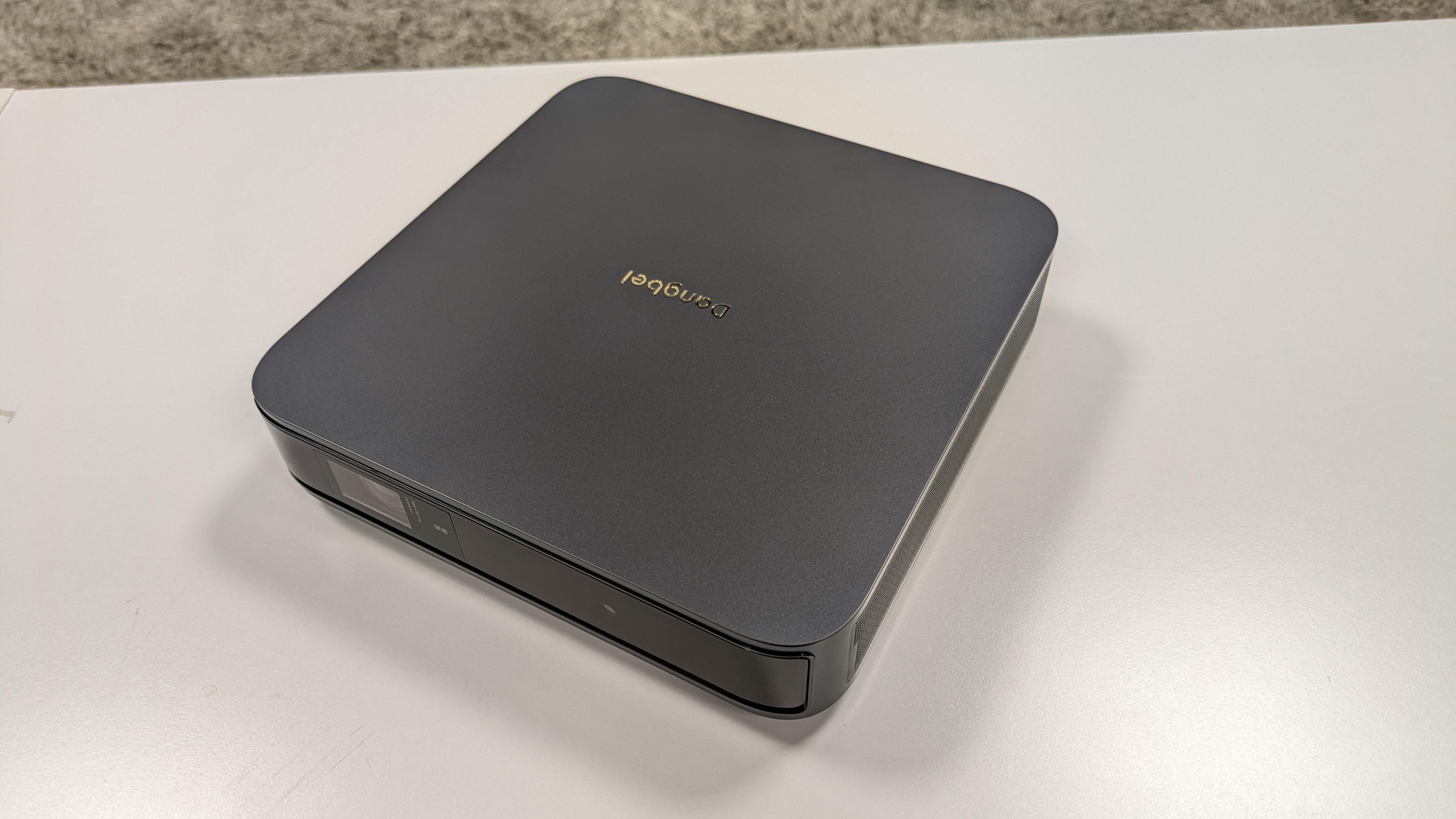
I tested the Dangbei Atom, and it's a bright, smart portable projector that's overshadowed by LG and Samsung
By James Davidson published
The Dangbei Atom enters a crowded portable projector market, with mixed results.
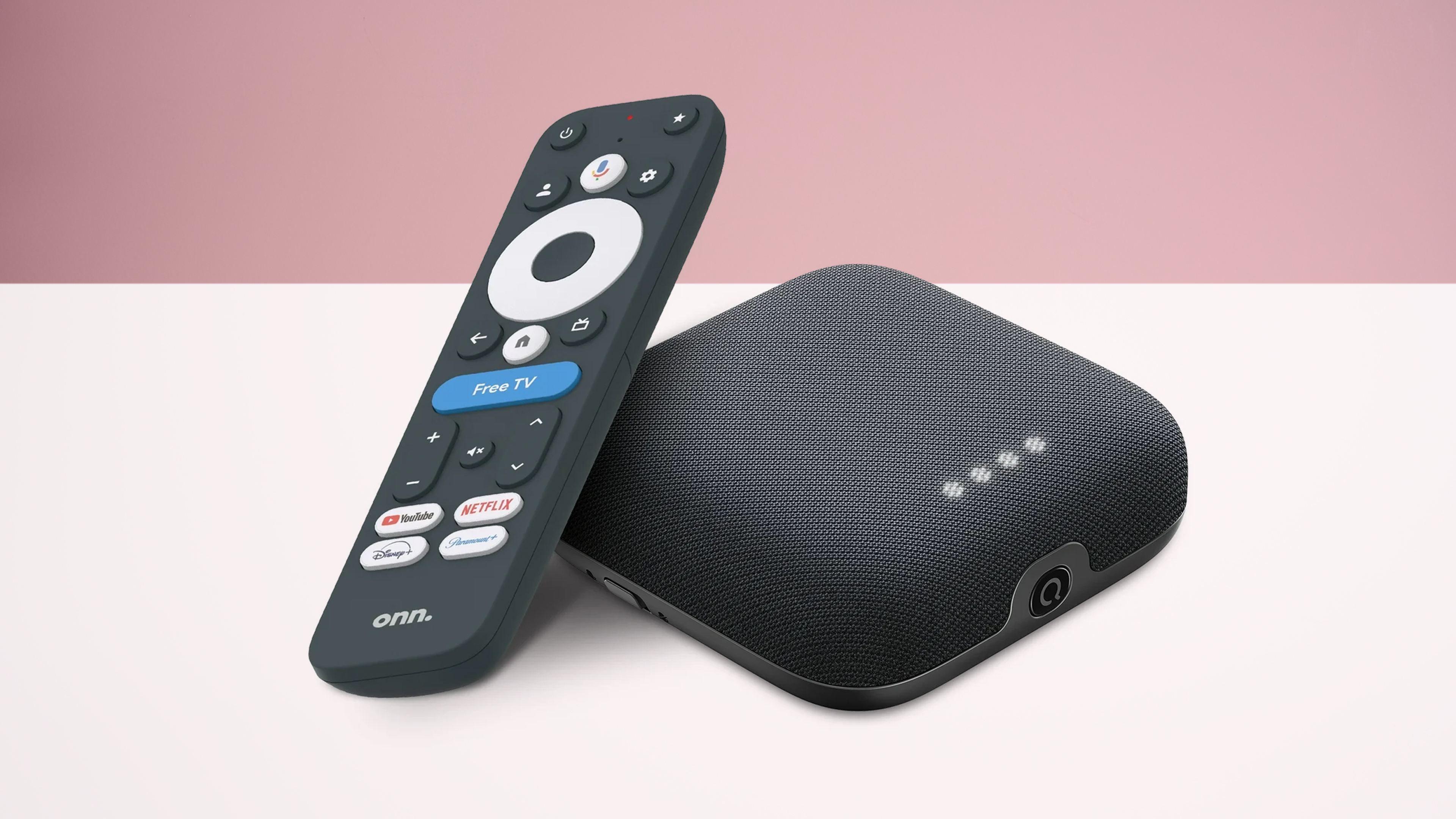
All new Google TV devices will have a Free TV button on the remote for super-easy access to 150 free channels
By James Davidson published
Google announces that all future Google TV devices will feature a 'Free TV' button on their remotes, taking users straight to the 'Live' tab, where there are 150 free channels.
Get daily insight, inspiration and deals in your inbox
Sign up for breaking news, reviews, opinion, top tech deals, and more.
